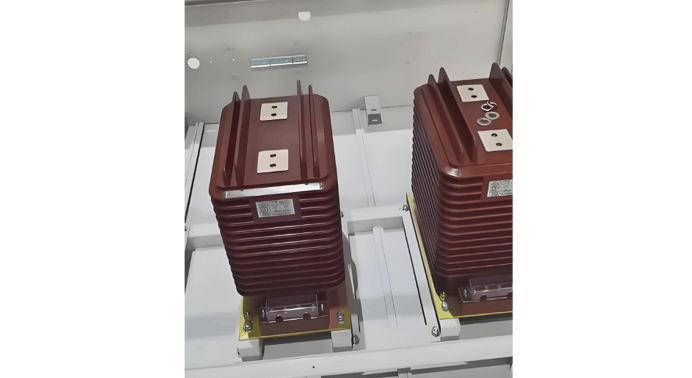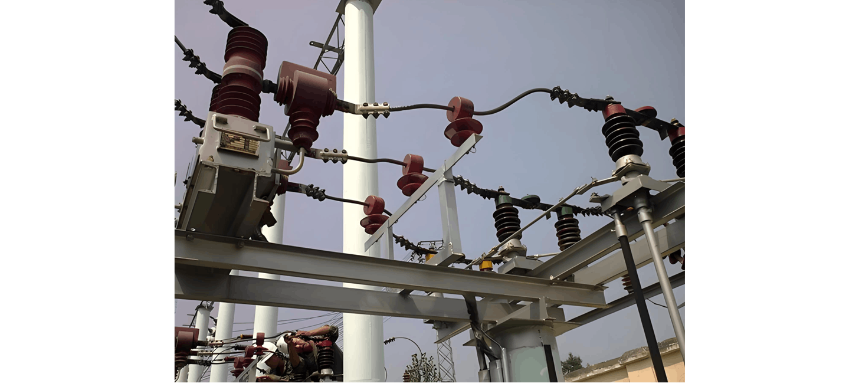What are the application and improvement directions of current transformers in power systems?
Echo
07/04/2025
Topics
As an expert in the application and trends of electrical equipment, I have a profound mastery of knowledge in circuits, power electronics, etc. I possess a comprehensive set of abilities including equipment design, fault diagnosis, and project management. I can precisely grasp the industry's pulse and lead the development of the electrical field.
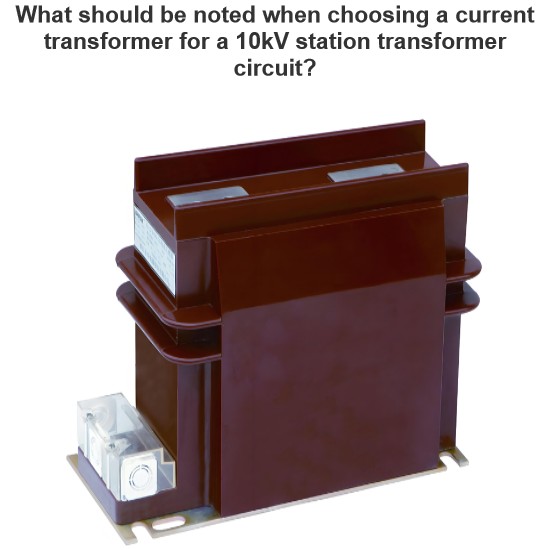
What should be noted when choosing a current transformer for a 10kV station transformer circuit?
Practical Experience Sharing from an Electrical Engineer in the FieldBy James, 10 Years in the Electrical IndustryHi everyone, I'm James, and I've been working in the electrical industry for 10 years.From early involvement in substation design and equipment selection, to later taking charge of relay protection and automation system commissioning for entire projects, one of the most frequently used devices in my work has been the current transformer (CT).Recently, a friend who's just starting out
James
07/04/2025
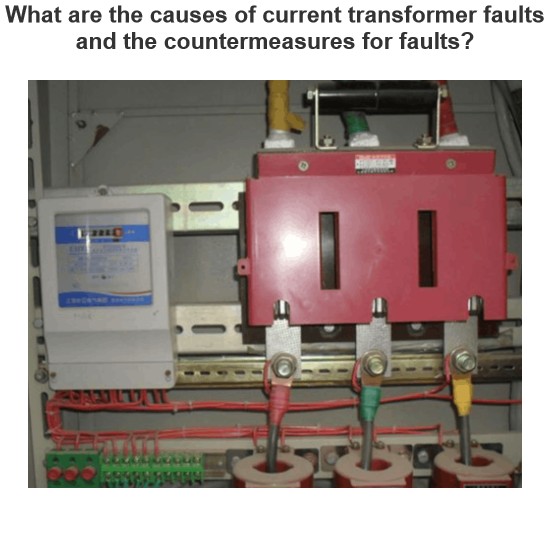
What are the troubleshooting methods for current transformers?
As a front - line fault maintenance worker, I deal with current transformers (CTs) daily. A CT’s secondary winding in operation must never open - circuit! Once open - circuited, the secondary current and demagnetizing potential vanish. All primary - side magnetic potential then becomes the iron core’s exciting potential, sharply increasing its magnetic flux density. High voltage on the secondary side will endanger safety anytime.Despite strict power operation regulations, user electr
Felix Spark
07/04/2025
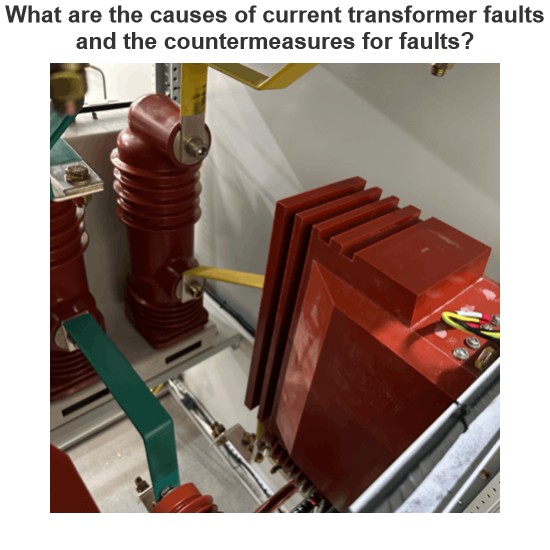
What are the causes of current transformer faults and the countermeasures for faults?
As a front - line maintenance technician, I deal with current transformers (CTs) daily. CTs convert high - magnitude primary current to low - magnitude secondary current for substation/line protection and measurement, operating in series long - term. However, they face faults from external (unbalanced loads, wrong wiring, etc.) and internal (insulation defects) issues. These faults, like secondary open - circuits or insulation breakdown, harm measurement accuracy, protection operation, and grid
Felix Spark
07/03/2025
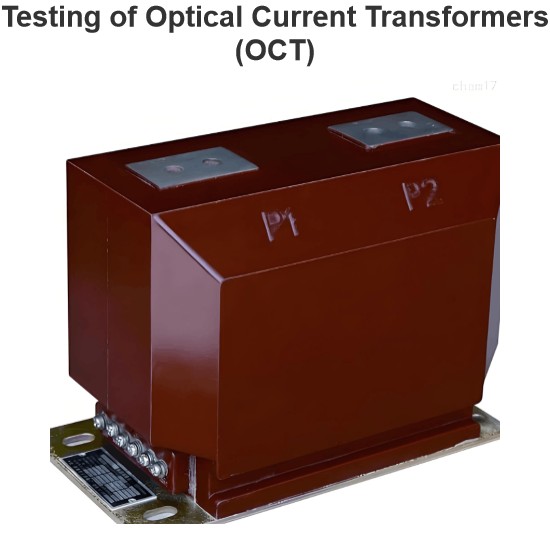
Testing of Optical Current Transformers (OCT)
With the development of modern economy and science and technology, photoelectric current transformers (PECTs) have fully transitioned from the trial operation stage to practical application. As a front - line testing personnel, I deeply feel their importance in the power system during daily work. I also realize the necessity of conducting in - depth research on their testing systems and calibration methods. This not only promotes the engineering application of PECTs but also enables the accurate
Oliver Watts
07/03/2025

